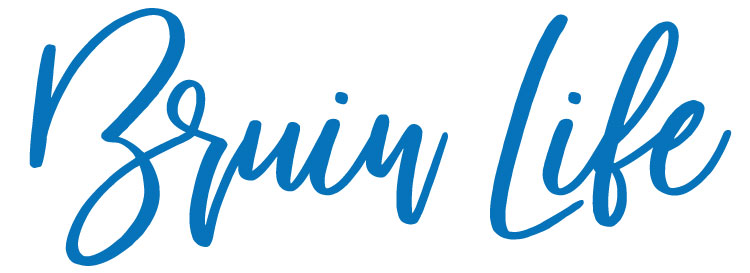From triple the people and new living situations to a constantly bustling campus, transferring to UCLA can be as daunting as it is exciting. As someone who transferred, I experienced the transition between community college to university firsthand. As my first year as a transfer student has come to a close, I have learned that there are a number of important differences all Bruin transfers have to get used to. Here are the top differences you can expect to find between your community college and UCLA.
Campus size
Our campus spans an extensive 419 acres across Westwood, a neighborhood in Los Angeles. 419 acres may seem standard and even small in relation to other universities, but in comparison to a community college campus, the second smallest University of California campus seemed to never end when I first transferred. To give a better picture of just how drastic the transition of campus size was, students who walk to school, whether it be because they decided to dorm on the Hill or live in nearby apartments, will really be able to feel just how large UCLA is when they have to travel to the other side of the campus for a class. As a transfer student who had most of my classes in North Campus, I had to quickly adjust to leaving the Hill a good amount of time prior to my classes in order to walk across campus comfortably and arrive to class on time. Most of the time, I leave as early as half an hour before class starts. The campus is so large that despite experiencing a full year, I can guarantee that I have not seen every inch of campus just yet!
Class numbers
With 48,048 students enrolled in the 2023-2024 school year, it is expected that some classes will reflect large numbers of students. But as someone who had not had more than 20 or so classmates in my community college classes, walking into a lecture hall and sitting among 50 other students was a new experience that I had to adjust to. While most transfers won’t find themselves in general education classes with competitive enrollment, expect to find some lower division classes, popular classes taught by popular professors and major prerequisite classes filled with large numbers of students.
Being part of a large class may be intimidating, but there are benefits to having more classmates. There are more people to form study groups, work on assignments together and share notes when you’re absent. Plus, more classmates means more people you can befriend!
Options galore: food, clubs, classes and more
UCLA is home to over 1,200 student clubs and organizations, nearly 4,000 classes open for enrollment and a wide variety of food ranging from restaurant chains to coffee shops. Coming from community college, the vast options that are offered for their students can be overwhelming. I’ll never forget my first Enormous Activities Fair—walking up and down the rows and rows of student club and organization tables can take up a fair amount of your day, and that’s before you even begin to sift through leaflets to choose which organizations to join. There are multiple pages of courses offered each time a new quarter catalog is released, so take your time assessing your options, and don’t be afraid to go after the ones that catch your eye.
One of my personal favorite things about UCLA’s endless options is that it extends to food. Not only does the Hill offer a variety of dining options with rotating menus that ensure one never gets bored during meal time, campus itself adds to the institution’s extensive food offerings. I regret not taking full advantage of the different on-campus options until the end of my first year, as some of my go-to spots can be found on campus. Just like organizations and classes, don’t hesitate to be adventurous and make the most of what campus has to offer.
Social life and school spirit
Perhaps the biggest difference I experienced between attending community college and transferring is the abundance of social life and school spirit. Our campus is constantly bustling; students packed into popular study spots such as The Study at Hedrick or Night Powell at Powell Library until late hours, groups of friends walking back to the Hill after an afternoon in Westwood Village, and clubs hosting events and socials at some iconic places, such as the Janss Steps and Wilson Plaza. There is so much to do that revolves around interacting with other students and creating lifelong friendships and connections. The university has something for everyone, no matter how active one wants their social life to be. Greek life not for you? Join a smaller social club instead. Interested in sports but you don’t want to commit to the life of a student athlete? Check out intramural sports or club sports.
The buzzing social scene bleeds into the school’s historic school spirit. Even if you were never immersed in school spirit at your community college, the love Bruins have for UCLA is infectious, and you will find yourself sporting gear and cheering your support in the stands for our sports teams. Bruins are constantly up on their feet, and while the pace may take some time getting used to, it’s one of the things that makes UCLA so special.
As transfer students, there are many things that take getting used to after transferring from a community college to a large institution. But what makes the school different does not necessarily need to make it intimidating. Transfer students have built their own community of support, backed by resources such as the Transfer Student Center and established professional transfer organizations. As a transfer, it is also important to remember that you usually get less time to enjoy UCLA compared to traditional students. So despite all the differences, make the most of your transition, and find your comfortable path as a Bruin!
—
Featured Image Photographed by Uriel Meza/BruinLife

